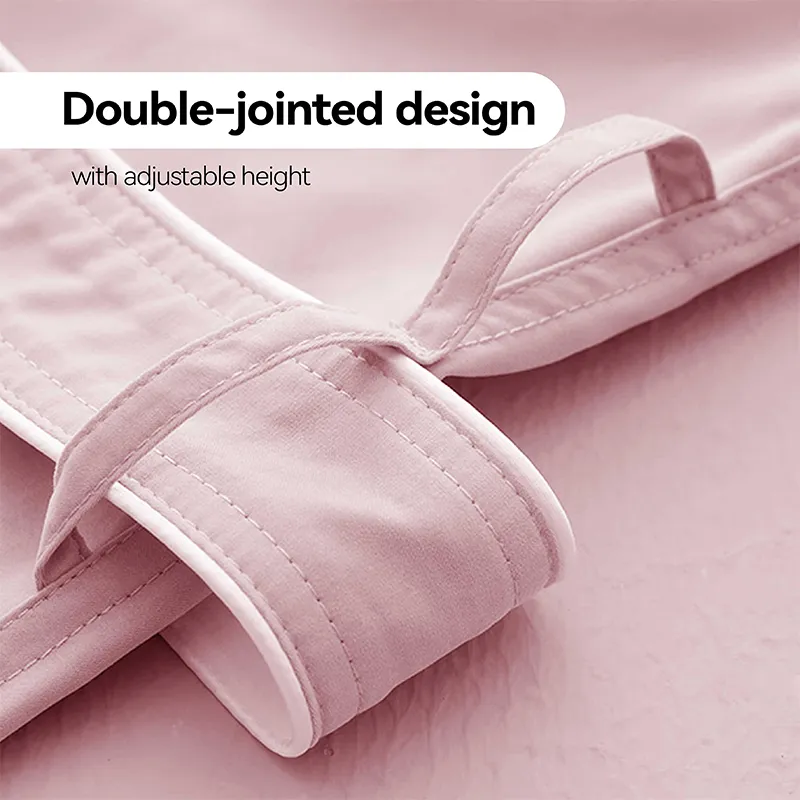King Size Sheets
...
2025-08-15 03:25
1877
 home linen products. Aprons, tea towels, and tablecloths protect surfaces and clothing while adding a homely touch. Choose materials that are easy to clean, such as cotton or polyester blends, and opt for designs that complement your kitchen's overall aesthetic.
home linen products. Aprons, tea towels, and tablecloths protect surfaces and clothing while adding a homely touch. Choose materials that are easy to clean, such as cotton or polyester blends, and opt for designs that complement your kitchen's overall aesthetic.From £50.00Shop now